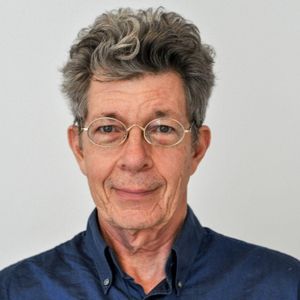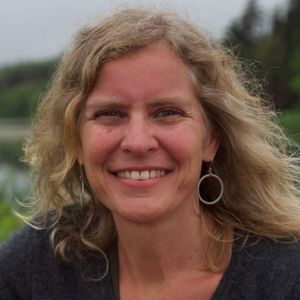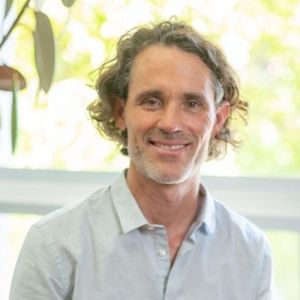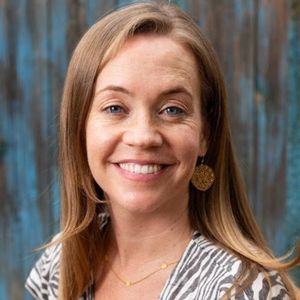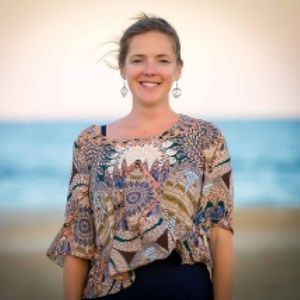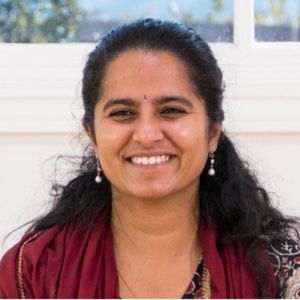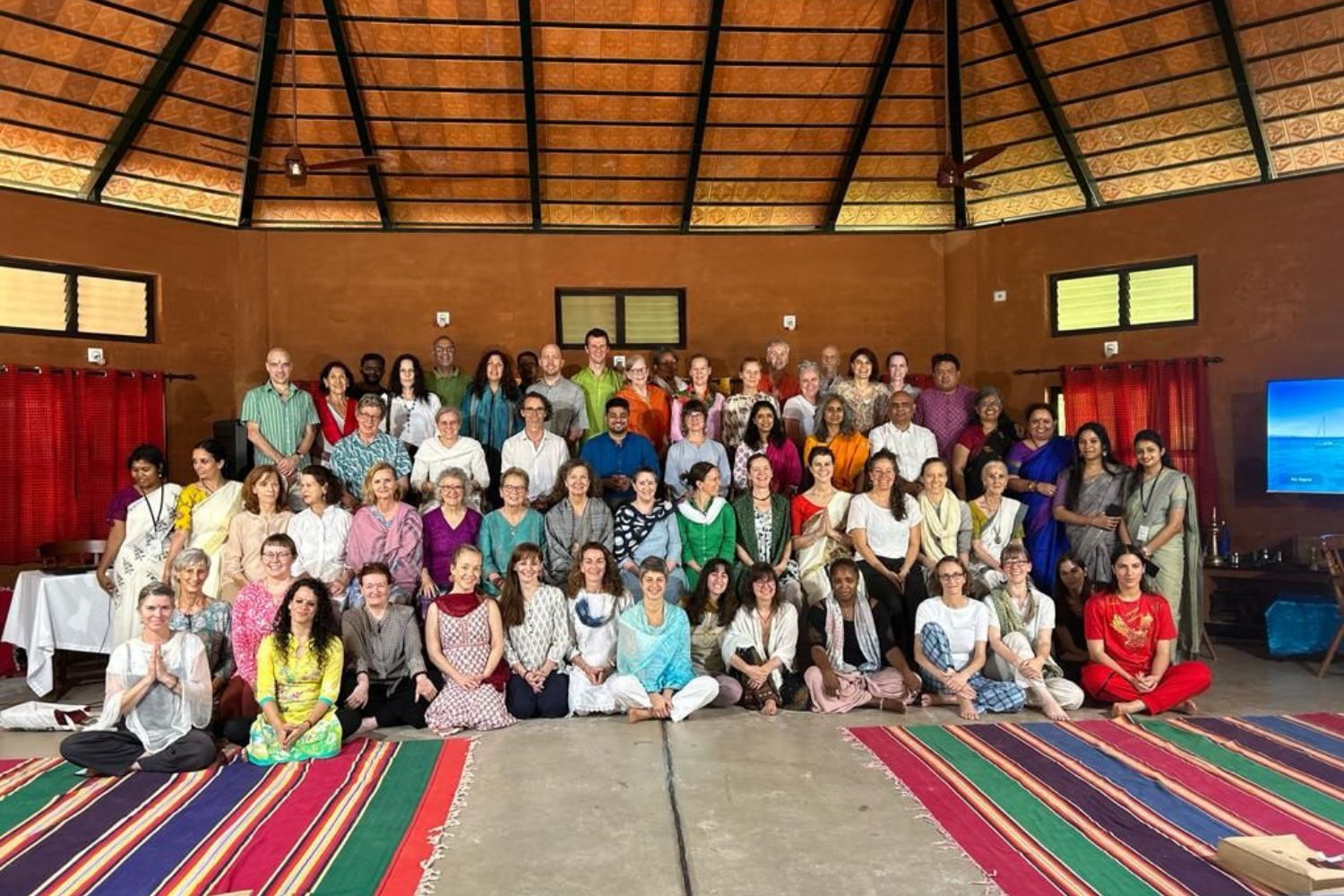Are You Ready to Explore Ayurveda & Yoga?
This year-long online course combines in-depth studies of Ayurveda and Yoga, and an introduction to culinary arts and Sanskrit, with teachers who have decades of experience, and professional practice.
Immersing in these subjects within our interactive online community is a unique opportunity for novices and experienced students alike. Even those who have studied some Ayurveda or Yoga previously will find rich learning here.
Our experientially-grounded curriculum is designed to support your personal journey of discovery, and plant seeds of living wisdom about how bodies and minds are structured, organized, challenged, and nourished. We emphasize integrating deep, authentic knowledge into your daily life.
Weekly live classes combined with the convenience of on-demand video lessons provide in-depth learning while ensuring your questions, ideas and insights are explored as part of a dynamic learning community.
This course provides a foundation to transform our physical and mental health, incorporate Ayurveda concepts into a Yoga practice or an established medical practice, or go on to pursue clinical study in Ayurveda.
Experienced Faculty
While several decades ago, it was hard to find any information on Ayurveda and Haṭha Yoga in the West at all, today we face a different challenge. There are so many educational resources that it can be daunting to find programs one can trust to be accurate, authentic, and well-organized.
It took years for Dr. Robert Svoboda, Dr. Claudia Welch and Scott Blossom L.Ac. to obtain, assimilate, practice, and organize the knowledge they share here for the first time as a unified program. The potency of this course lies in its enlivened, concise delivery of in-depth, authentic information and knowledge within a robust, interactive online learning community.
Dr. Claudia Welch and Dr. Robert Svoboda combined have more than half a century of practicing and teaching Ayurveda. They have taught introductory, advanced, and clinical material. They have taught students with no prior knowledge of Ayurveda as well as advanced students and practitioners and MDs.
Scott Blossom has been teaching about the integration of Haṭha Yoga and Ayurveda for more than twenty years. He presents the teachings on yoga practices in a way that is coherent with the teachings on Ayurveda so students can digest and integrate the material.
Every faculty member in the course has been actively teaching or practicing in the field of Ayurveda or Yoga for at least a decade and brings a wealth of relevant experience to their teaching and facilitation.

Testimonials
Course Components

Foundations of Ayurveda
An in-depth exploration of the language and foundational principles and concepts of Ayurveda, where we explore how our bodies and minds are structured, organized, challenged, and nourished. Weekly interactive classes to support the integration of the Ayurveda material.
~Dr. Robert E. Svoboda and Dr. Claudia Welch
100+ hours including pre-recorded video, handouts, exercises & quizzes
~ Emily Glaser RN + Guest teachers
50+ hours of live interactive instruction
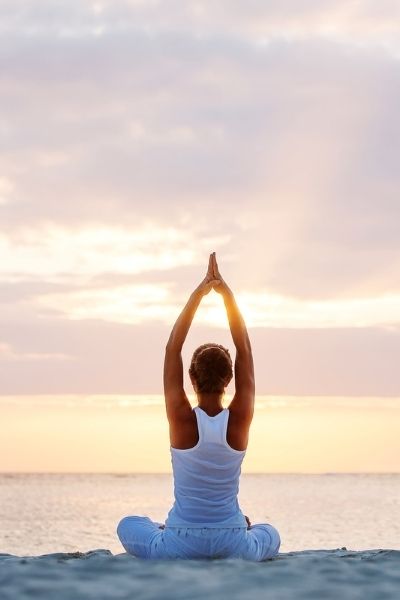
Studies in Prāṇa
A Haṭha Yoga course offering a somatic approach to sensing, circulating, and cultivating prāṇa through the lens of the Ayurvedic marma system. Gain unique and valuable tools for self-healing, longevity, and developing subtle awareness.
~ Scott Blossom
30 hours of video instruction
+ 9 hours of live interactive instruction

Kitchen Alchemy
An exploration of Ayurveda’s understanding of Food as Medicine. This hands-on exploration will serve to assist in the cultivation of your own personal kitchen pharmacy – seasonally inspired and full of flavorful delight.
~ Emily Glaser, RN
15 hours of video instruction
+ 15 hours of live interactive instruction
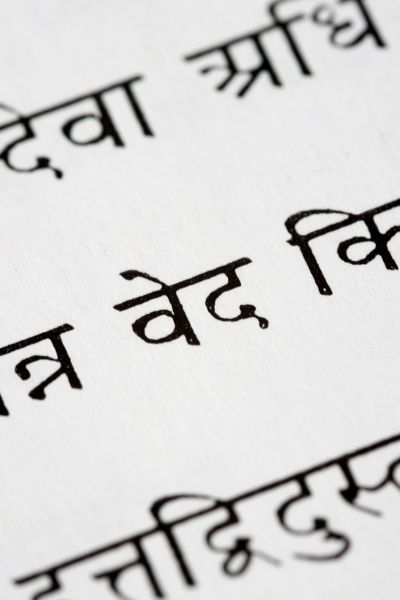
Sanskrit Alphabet
An introduction to Sanskrit, including the original devanāgarī script and modern transliteration. Emphasis on proper pronunciation and the ability to recognize letters and sound out written words.
~ Dr. Anuradha Choudry
10 hours live interactive instruction

